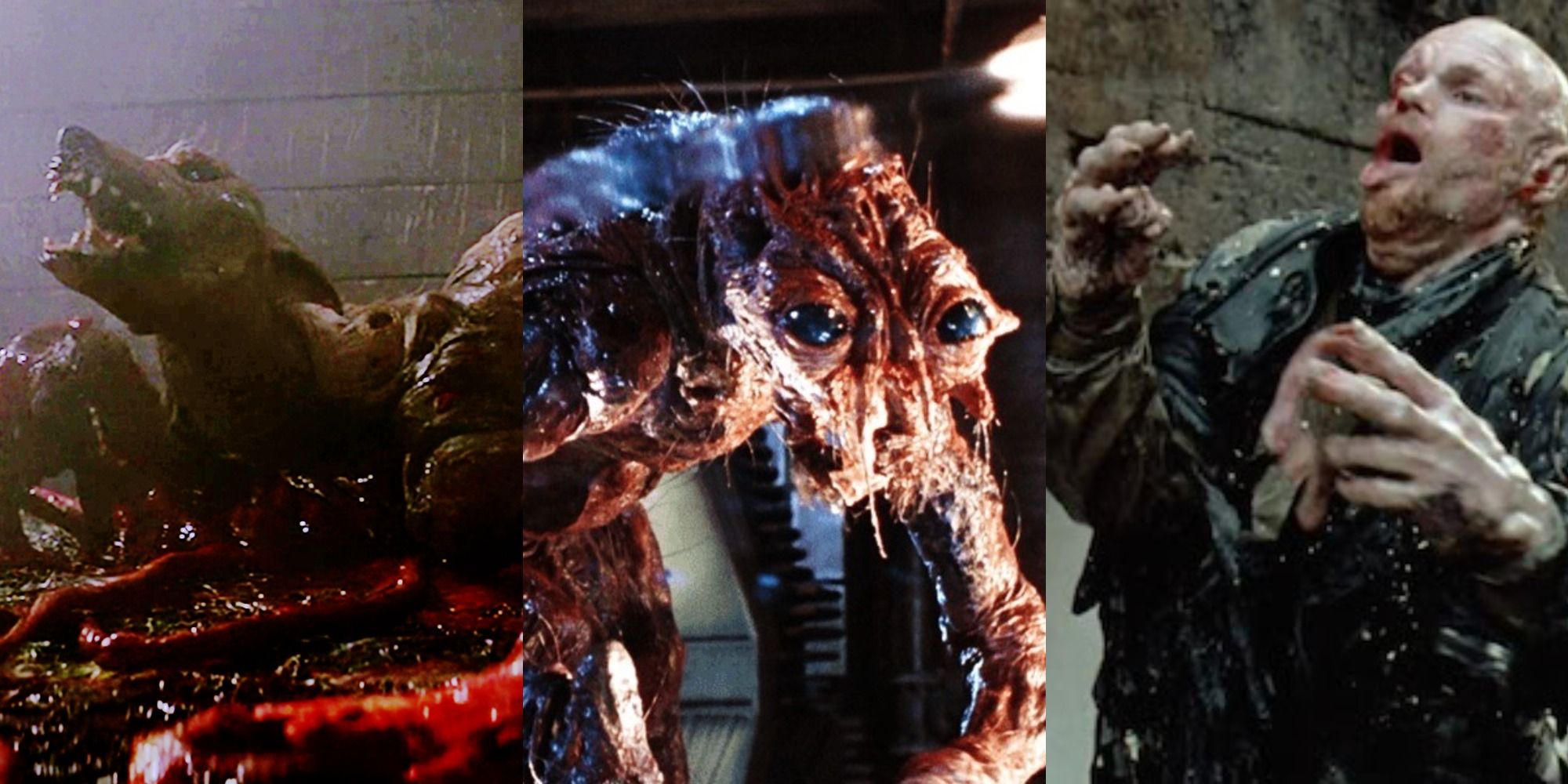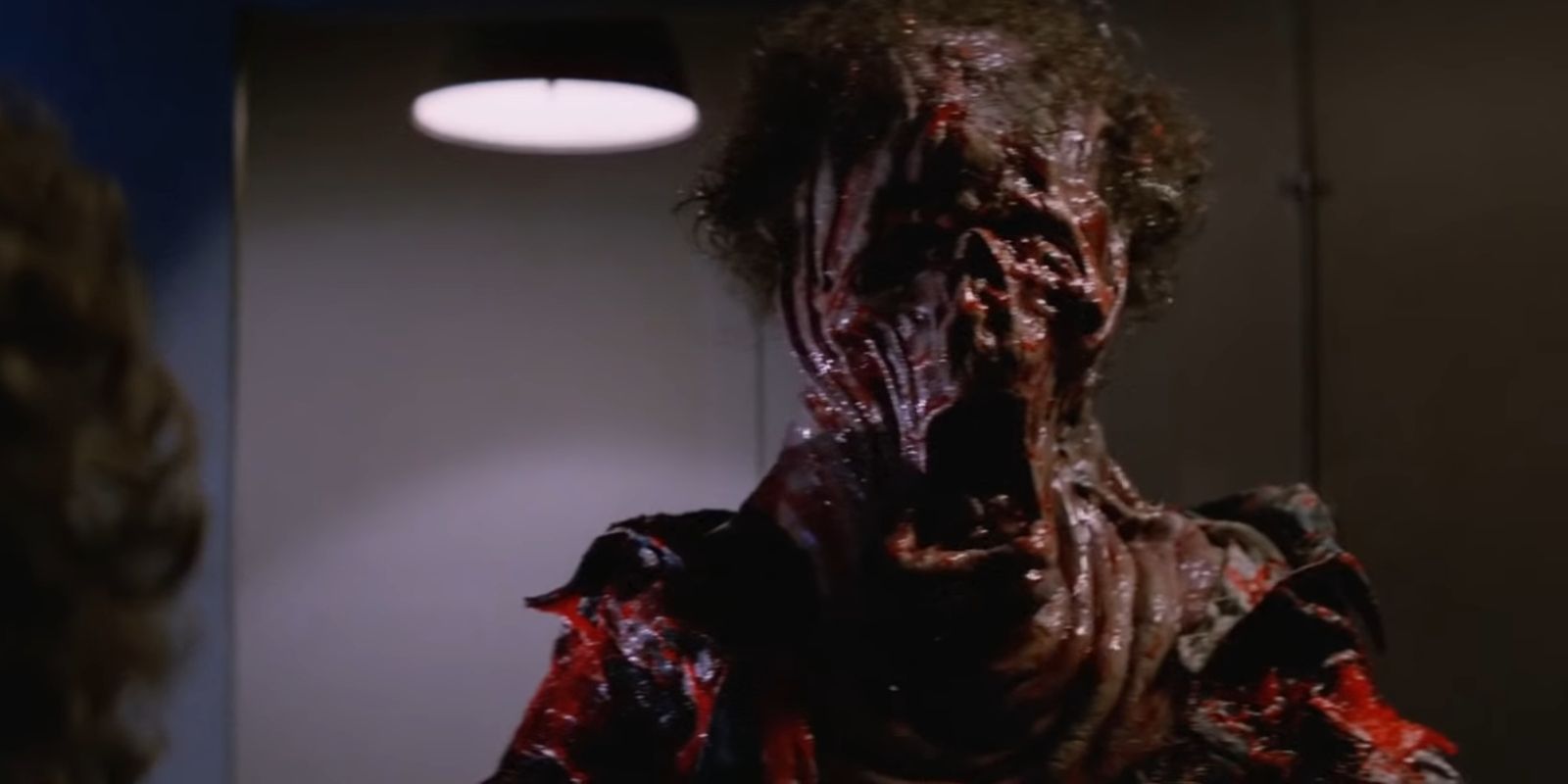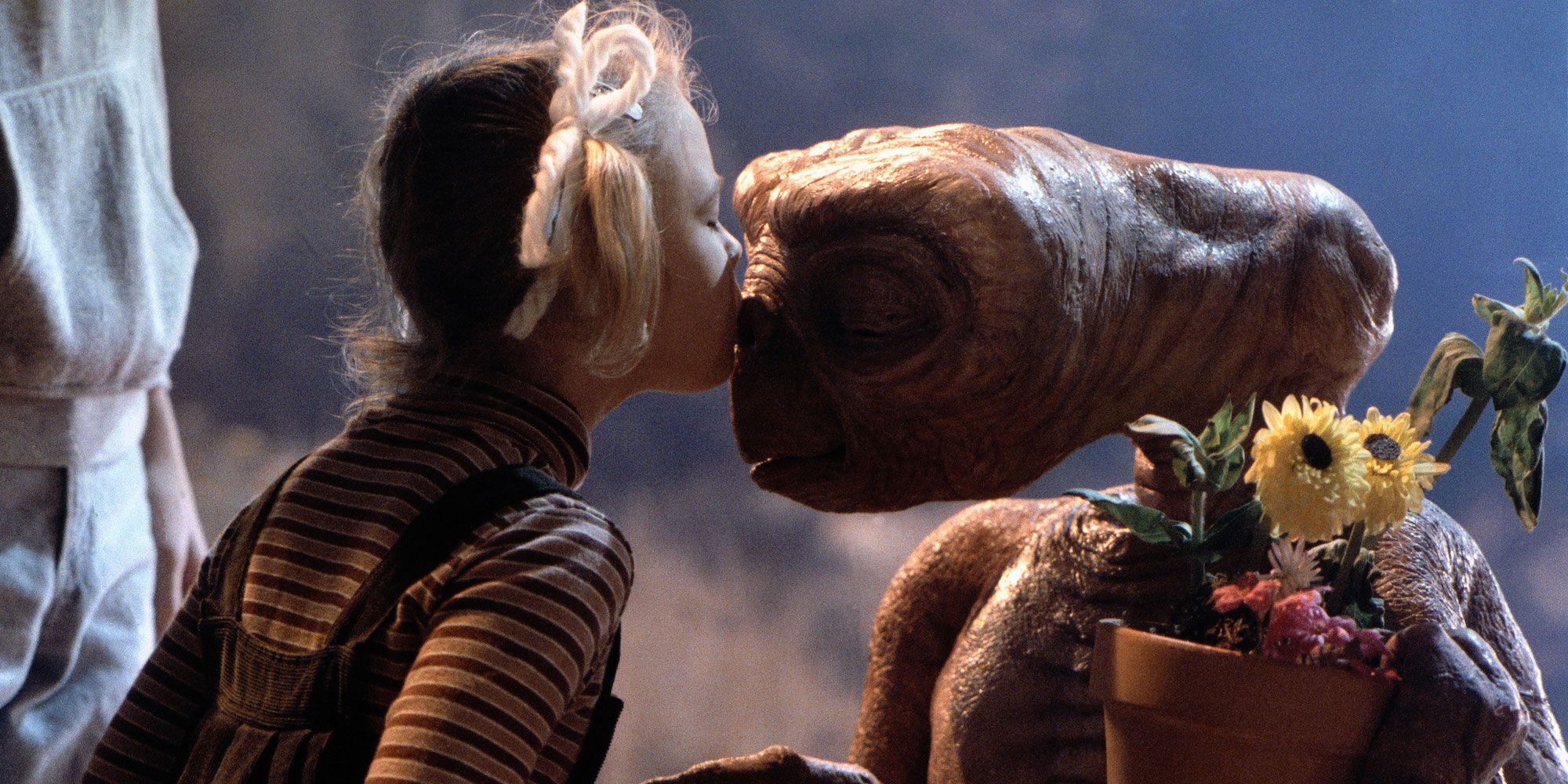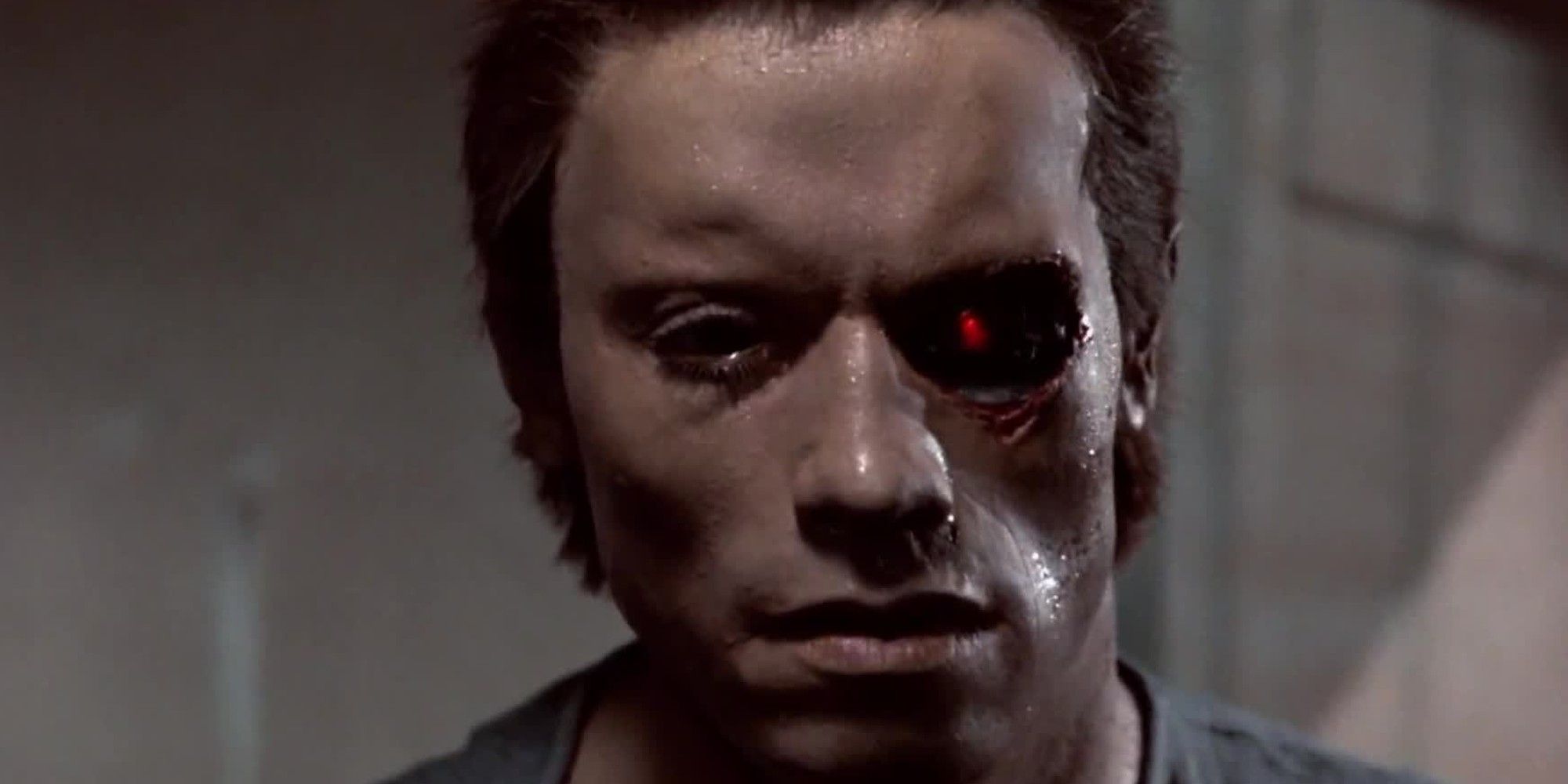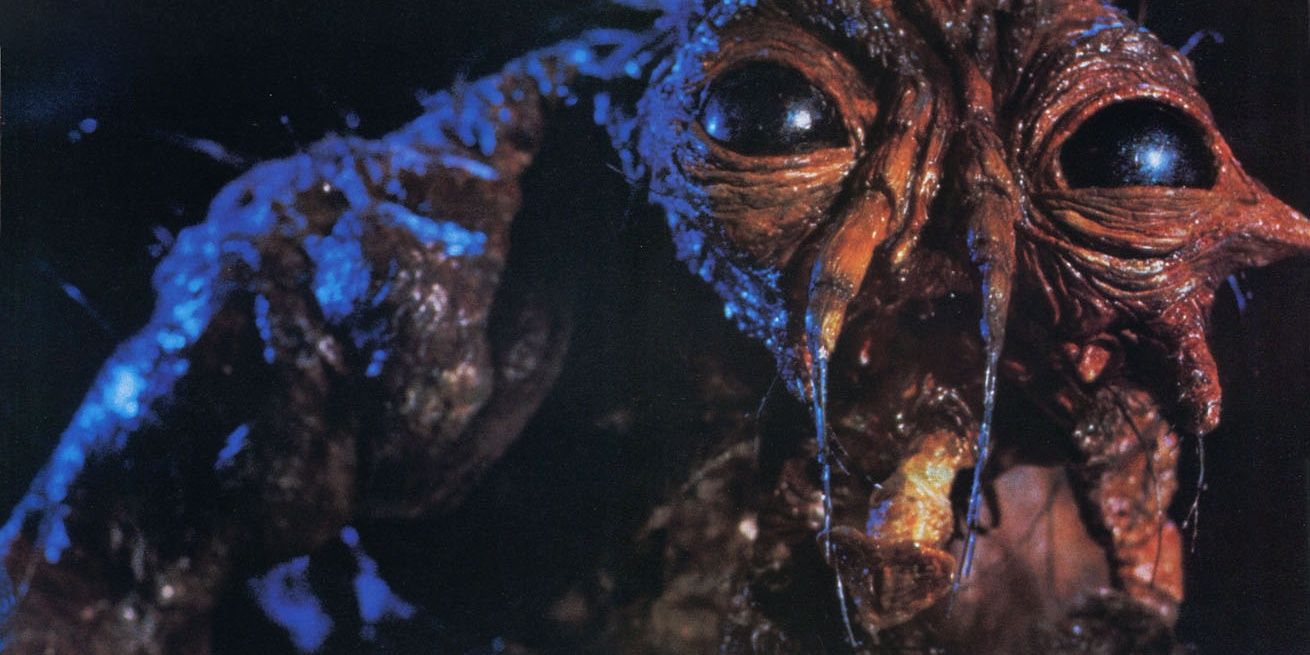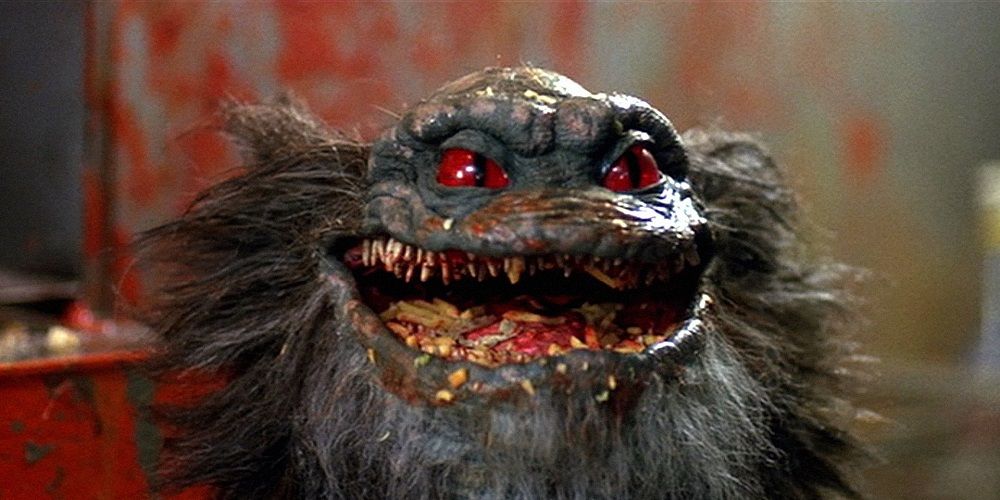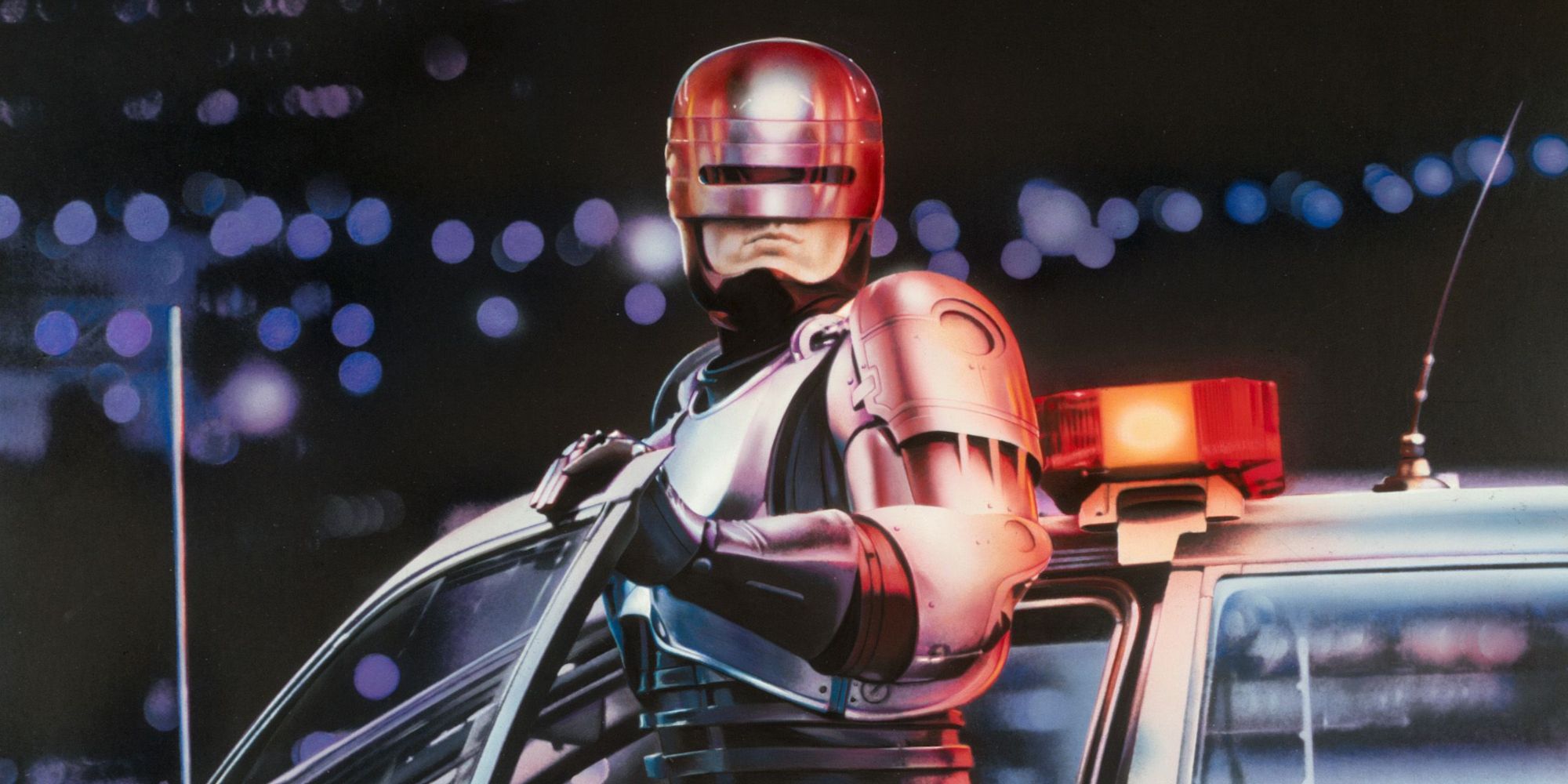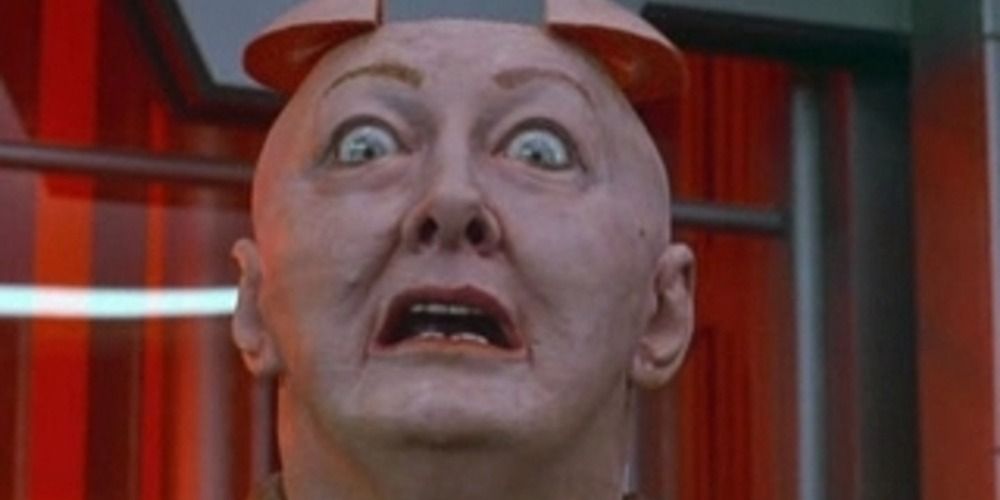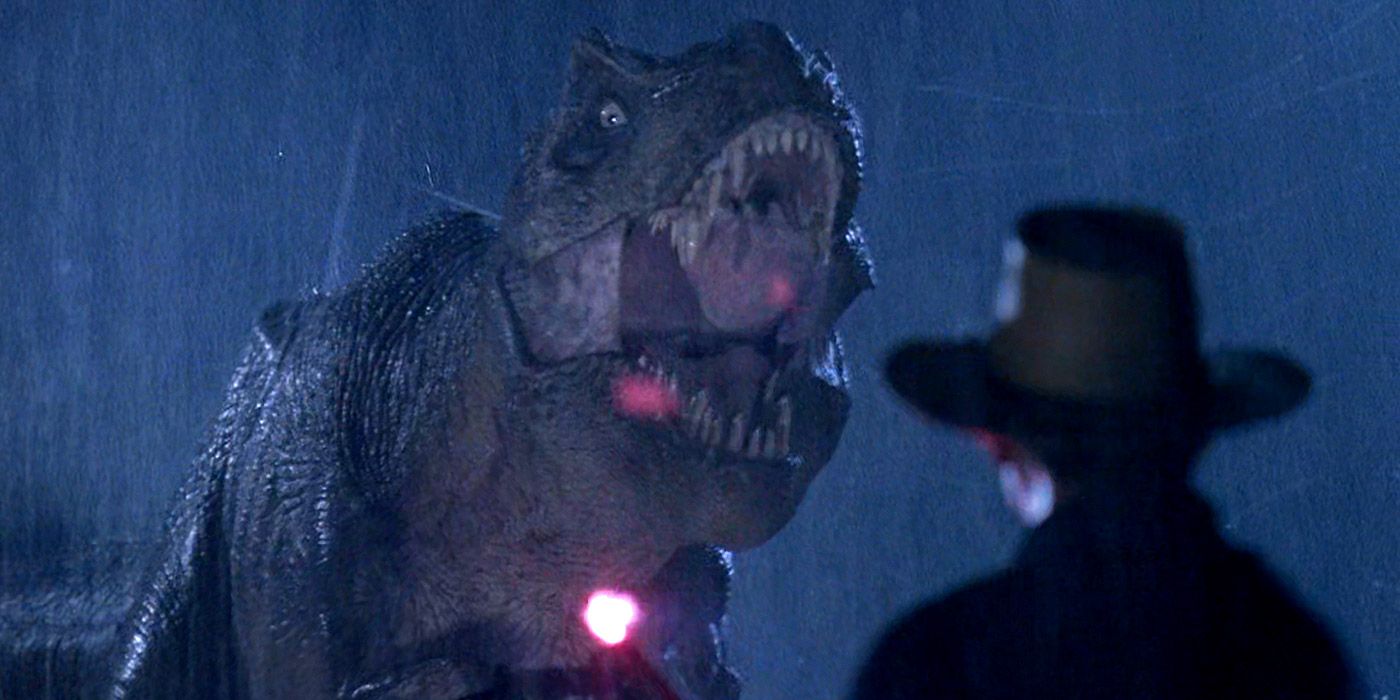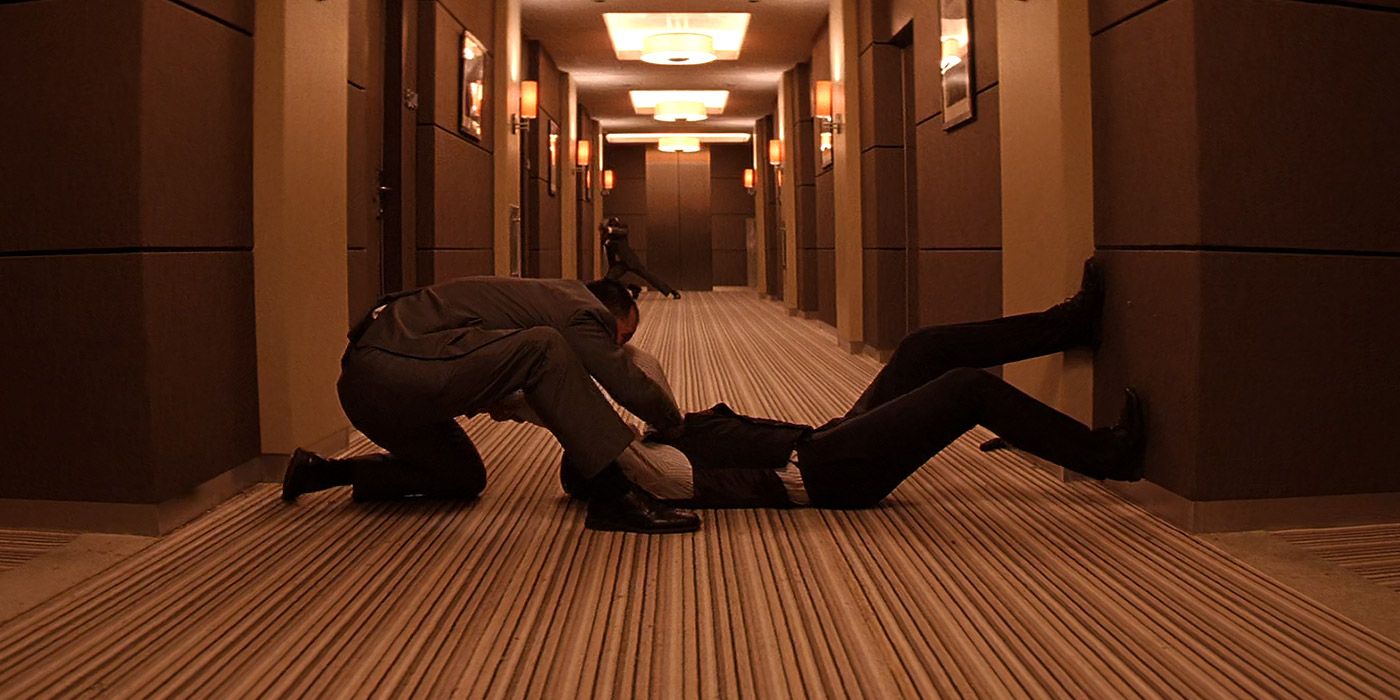Sam Raimi, the director of Doctor Strange in the Multiverse of Madness, is an expert in creating movies fueled by the manufactured grotesque. Practical special effects can look silly, but even the worst practical effects are better than CGI effects that have aged naturally. Practical effects are a sign of the times when films were creations of mostly man instead of mostly machine, and they've essentially become a lost art outside of Disney's work with the Star Wars saga.
Fortunately, no genre has thrived in the world of practical effects more than science fiction, and there are a substantial number of examples from a fifty-year span that warrant a viewing.
Ash In Alien (1979)
While Ridley Scott's Alien wasn't as expensive as his Alien: Covenant, it managed to be five times as effective.
The original Alien is a haunted house story in space and features an antagonist that's gone on to become a legend, even though it's barely shown in Scott's original film. When it is on display, however, the xenomorph is a complex beast with a phallic design and horrid, toothed tongue. H.R. Giger never topped himself, which is impressive considering all of his subsequent works were just the same (even including Species).
Every Shocking Moment In The Thing (1982)
The Thing is so brilliant that it raises more questions than it answers, yet it warrants repeated viewings, all the while the viewer knows the truth is elusive.
The Cold War paranoia that fuels John Carpenter's classic is the soul of the film, but the masterstroke is the combination of plot and Rob Bottin's jaw-dropping creature effects. No two money shots in The Thing are similar, much less identical, and it remains, to this day, the definitive example of practical effects in horror. There's no reason to believe it will ever be topped.
E.T. In E.T.: The Extra-Terrestrial (1982)
E.T. is Steven Spielberg's best alien film because it's a gut punch... but to the heart. Adult or child, E.T. the Extra-Terrestrial is practically guaranteed to make the viewer cry, which wouldn't be possible if the titular character wasn't convincing.
Fortunately, every heart-warming moment is sold flawlessly by the film's titular creature, and with time E.T. becomes far more individual than creation. The viewer never doubts E.T.'s authenticity, even with his wildly inventive design and expanding neck.
The T-800's Face In The Terminator (1984)
Perhaps the scene in The Terminator where the T-800 tends to his face in a hotel bathroom mirror doesn't look real today, but it still looks creepy, and it certainly looked realistic back in 1984.
There's still an unsettling quality to seeing a man remove parts of his own face, and it's such an odd sight that there's little to compare it to (especially in 1984), even in cinema. So, while it's obvious that the face is a prosthetic Arnold Schwarzenegger model, there's a bit of realism to it; There's no reason the prosthetic apparatus would look real when peeling off of a mechanical skeleton in real life. It would look heinously abnormal, and it works well for both the film and the antagonist.
Brundlefly In The Fly (1986)
Just one of several terrifying David Cronenberg classics, The Fly would work if only for the phenomenal special effects. Fortunately, it also has an incredible script, expert direction, and remarkable chemistry between leads Geena Davis and Jeff Goldblum.
When it comes to the titular creature, the viewer knows they're looking at Goldblum, but the movie doesn't make it easy to forget that they're looking at a composition of increasingly grotesque makeup effects. Fortunately, this transformation is just as much the crux of the film as the interpersonal dynamic between Goldblum's Seth Brundle and Davis' Veronica Quaife.
The Critters In Critters (1986)
Critters was effectively (but not officially) an attempt to capitalize on the financial success of Joe Dante's Gremlins, and, oddly enough, it earned more sequels than that 1984 classic. Furthermore, the design of the Crites (Critters' antagonists) is arguably as superb as the work done in the earlier holiday classic.
Considering Critters was released in the mid-'80s, with a much lower budget than Gremlins, the Crites have a remarkable level of movement. Tack on the neat effect of them curling up and rolling towards their target, and the Crites are arguably an even better creation than the Mogwai's ugly cousin.
Robocop In Robocop (1987)
Dick Jones' falling from the OmniCorp headquarters building is a silly-looking moment, but outside of that, RoboCop is riddled with utterly convincing practical effects.
This is particularly true when it comes to Officer Alex Murphy and his eventual transformed appearance. Director Paul Verhoeven and cinematographer Jost Vacano photograph RoboCop intimately, yet the practical-effects driven interactions RoboCop has with his partner and the film's villain lineup never feel silly, which it very much could have. Instead, it's believable and gritty at that.
The Woman In Total Recall (1990)
Paul Verhoeven's Total Recall is filled with impressive effects, especially given its relatively old age.
Like other Verhoeven films outside Hollow Man and Starship Troopers, Total Recall embraces the world of practical effects. For one, there are the Mars atmosphere effects, which make Arnold Schwarzenneger and Ronny Cox's eyes bulge out in horrendously cartoonish fashion. But there's also the spy bot that Schwarzenegger inhabits as he chases Michael Ironside's Richter. When the female bot's face moves to the side to reveal Schwarzenegger's face, it looks phenomenal. Once it's the mock-up Schwarzenegger face on the bot's neck, it looks jarring, but what comes before is impressive.
All Of The Dinosaurs In Jurassic Park (1993)
The T-Rex paddock scene of Steven Spielberg's Jurassic Park looks as incredibly real in the 2020s as it did in the early '90s. The same can be said for the majority of the remainder of the film, save for some spotty (but still impressive) CGI during the first Brachiosaurus scene and a T-Rex vs. Gallimimus scene towards the beginning of the film's third act.
For the most part, though, Jurassic Park is astonishing, and its effects end up being every bit as compelling as both the narrative and the note-perfect performances.
Rotating Corridor In Inception (2010)
Christopher Nolan's Inception was a box office smash and has remained a popular film into modern times. Even after 10 years, it's well-aged, and that's at least in part due to its practical effects measuring up with its digital effects.
The rotating hallways scene is actually very similar to what was done with Tina Gray's death scene in Wes Craven's original A Nightmare on Elm Street, and Nolan does it almost as well as Craven. The sight of Joseph Gordon-Levitt fumbling around a revolving corridor has become an iconic bit of Inception imagery, not unlike the CGI folding city, which goes to show the two forms of effects creation can co-exist amicably.

